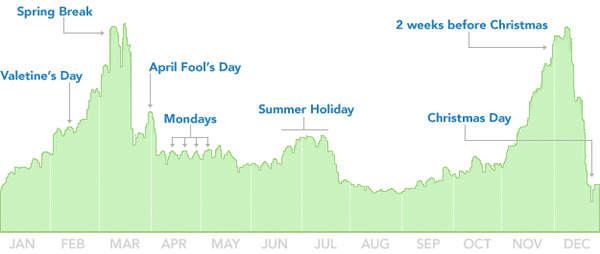Halloween has always been a great testament to the flexibility of our capitalist economy.
A Halloween Superstore took over a massive (previously abandoned) retail space at our town’s shopping mall this year — an anchor location that might once have been a Sears or a JCPenney. They converted half the space into an enormous stock room and the other half into display areas for packaged costumes, masks, wigs, makeup, accessories (like “Toto in a Basket” to accompany the quintessential Dorothy costume), and elaborate holiday decorations (like bloodied hands you can place strategically under your garage door to frighten unsuspecting children).
Of course, at dawn on November 1st, the entire operation became a liability. The remaining inventory was immediately reduced to 50% its original prices and sold off to people planning for next year. The store closed a couple days later.
The extra candy stockpiled at grocery stores across the country was also reduced to clearance prices on November 1st, kitschy candy buckets in the shapes of pumpkins and severed heads were thrown away to linger forever in landfills, and trick-or-treaters everywhere stuffed this year’s costumes back into dressers and closets to be forgotten until next year.
It’s capitalism at its finest. An industry emerges overnight and disappears by the next morning, all for the sake of profiting from a few hours of children’s entertainment.
But this doesn’t compare in brilliance to the economic transaction a friend of ours offers her children after every Halloween: “I’ll buy as much candy as you’re willing to sell for 5¢ apiece. Then you can use the money to go buy a toy you can keep forever, instead of candy that will be gone after you eat it.”
The kids get toys to play with and eat less sugar, while the parents get to devour Halloween treats without the guilt of taking candy from their babies.





